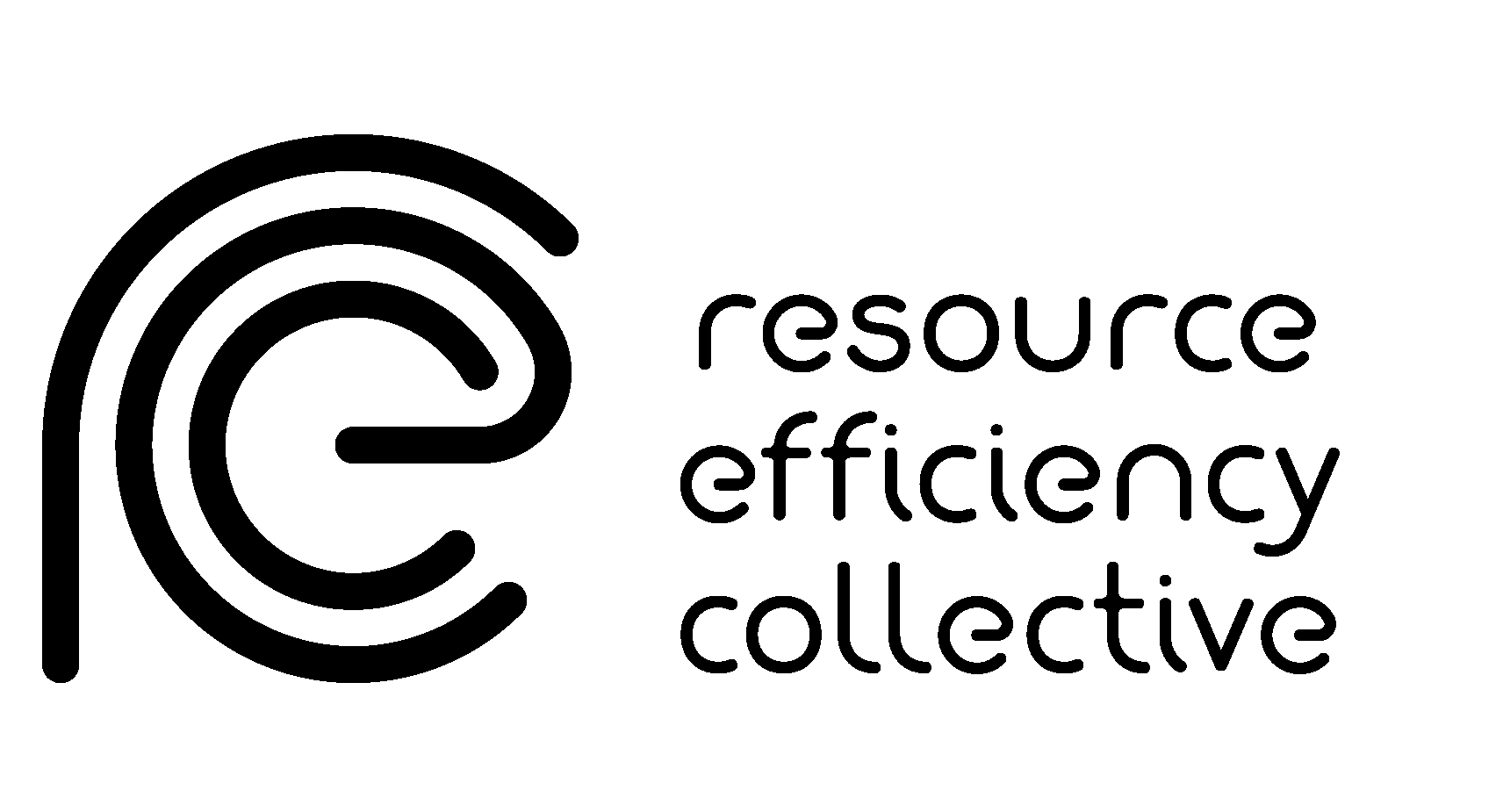LCCT Low Carbon Concrete Technologies: Understanding and Implementation
Global demand for concrete has grown three-fold over the last 10 years, reaching 27 billion metric tons (Gt) today, and it is responsible for approximately 8% of global greenhouse gas (GHG) emissions.
Without this ubiquitous “artificial rock’, which is reinforced with steel, we would not be able to build society’s energy, transport, building and industrial infrastructures. Neither could we develop new low carbon energy sources, such as nuclear power, hydro, wind and solar, which all demand concrete, and are critical for reducing GHG emissions.
There are currently no obvious materials which can substitute concrete, given its affordability, production scale and broad acceptance within the current industry. To meet the UK emissions targets the construction industry will need to introduce new low-carbon materials as substitutes for traditional concrete. However, the construction industry, to date, has been reluctant to embrace low-carbon concrete alternatives.
The aim of this research project is to understand the barriers in the construction industry to take-up low-carbon solutions. A Commercial Readiness Index (CRI) is used to assess the identified LCCTs and the barriers preventing their mainstream implementation in the UK. The ‘hierarchy’ of barriers will be identified along with means to overcome them. In this way, recommendations will be made for unlocking the emissions reductions required for the cement industry in the UK to achieve net-zero in line with the UK’s climate commitments.
This three-month project, funded by an EPSRC IAA Impact Starter Grant, is being conducted by Aurelia Hibbert, under the supervision of Michal Drewniok and Jonathan Cullen, at the University of Cambridge.
Photo credit: Elvir K













